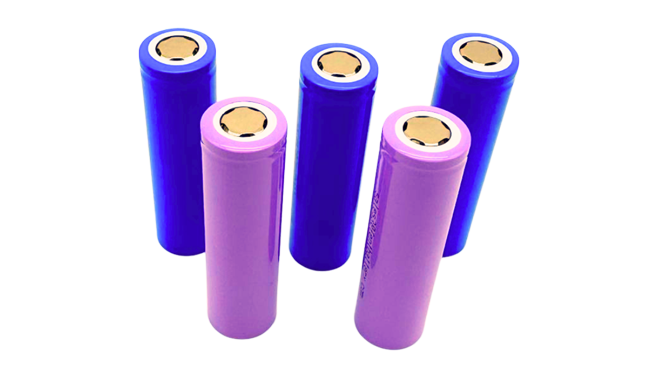Production process flow of 18650 lithium battery pack cells.
The packaging of lithium-ion batteries is divided into two categories: metal shell cells and soft pack cells. The production process of lithium battery pack cells is divided into three major sections: electrode piece production, cell production, and battery assembly.
What are the main production processes for lithium battery packs?
Mixing (positive and negative active materials+conductive agent+binder+dispersant) - coating - rolling - slitting - pole ear welding - winding (or gasket) - adhesive tape - entering the battery cell shell - welding - sealing - chemical transformation, etc; The battery production process in the entire industry is basically the same, with the main difference being the difference in equipment or battery products. For example, soft pack lithium battery packs are generally laminated, cylindrical wound, square wound, and laminated; Causing the battery cells to be different during the winding process; The most important and core technologies are mixing and coating, as well as final formation.

The production process of
lithium battery packs is relatively complex, mainly including the stirring and coating stage of electrode production, the winding and liquid injection stage of cell synthesis, and the packaging and testing stage of chemical packaging. The value ratio is about (35-40%): (30-35)%: (30-35)%. According to Coating Online, the differences mainly come from different equipment suppliers, differences in import/domestic ratios, etc. The process flow is basically the same, and there is a deviation in the value to quantity ratio, but overall it conforms to this ratio.
The lithium battery equipment corresponding to the pre production process of lithium battery packs mainly includes vacuum mixers, coating machines, roller presses, etc; The intermediate process mainly includes die-cutting machine, winding machine, laminating machine, liquid injection machine, etc; The later stages of the process include chemical conversion machines, volumetric testing equipment, process warehousing and logistics automation, etc. In addition, the production of battery packs also requires Pack automation equipment.
In the manufacturing process of lithium batteries, the intermediate process mainly involves the formation of the battery, including sheet making, pole piece winding, die-cutting, cell winding and forming, and laminated forming. It is currently a fiercely competitive field among domestic equipment manufacturers, accounting for about 30% of the value of lithium battery pack production lines.
The process flow of lithium battery in the later stage: capacitive conversion is the core link
The production process of lithium battery packs in the later stage mainly includes four processes: capacity division, chemical conversion, testing, and packaging and storage, accounting for about 35% of the value of the production line. As the most important steps in the later stage of the process, chemical conversion and capacity separation are used to activate and detect the formed battery. Due to the long charging and discharging testing cycle of the battery, the value of the equipment is the highest. The main function of the chemical conversion process is to charge and activate the encapsulated battery cells, while the capacity separation process tests the battery capacity and other electrical performance parameters after activation and classifies them. The chemical conversion and capacity separation are usually completed by automated capacity separation systems, with chemical conversion machines and capacity separation machines respectively.
The production process of lithium battery soft pack cells:
Soft pack lithium battery cells are heat sealed, while metal shell battery cells are generally welded (laser welding). The reason why soft pack battery cells can be heat sealed is that they use aluminum-plastic packaging film as a material.
Step 1- Preparation of Electrode Slurry
Mainly mixing electrode active materials, binders, solvents, etc. together, thoroughly stirring and dispersing them to form a slurry;
Step 2- Coating
Apply the slurry prepared in the first step uniformly onto a current collector (such as aluminum foil or copper foil) with a specified thickness, and dry the solvent;
Step 3- Pole Punching
Punch the polarizer produced in the previous step into the specified size and shape;
Step 4- Stacking
Assemble the positive and negative electrode plates and the diaphragm together, and after the adhesive is applied, form the electrode core;
Step 5- Assemble the soft pack battery
Insert the electrode core produced in the previous step into the aluminum-plastic film that has already been punched, and complete the top seal, side seal, etc. (leaving a hole for liquid injection) to form an unfilled soft pack battery;
Step 6- Inject Fluid
Inject a specified amount of electrolyte into the interior of the soft pack battery cell;
Step 7- Battery Sealing
Extract and seal the gas inside the battery cell in a vacuum environment.
